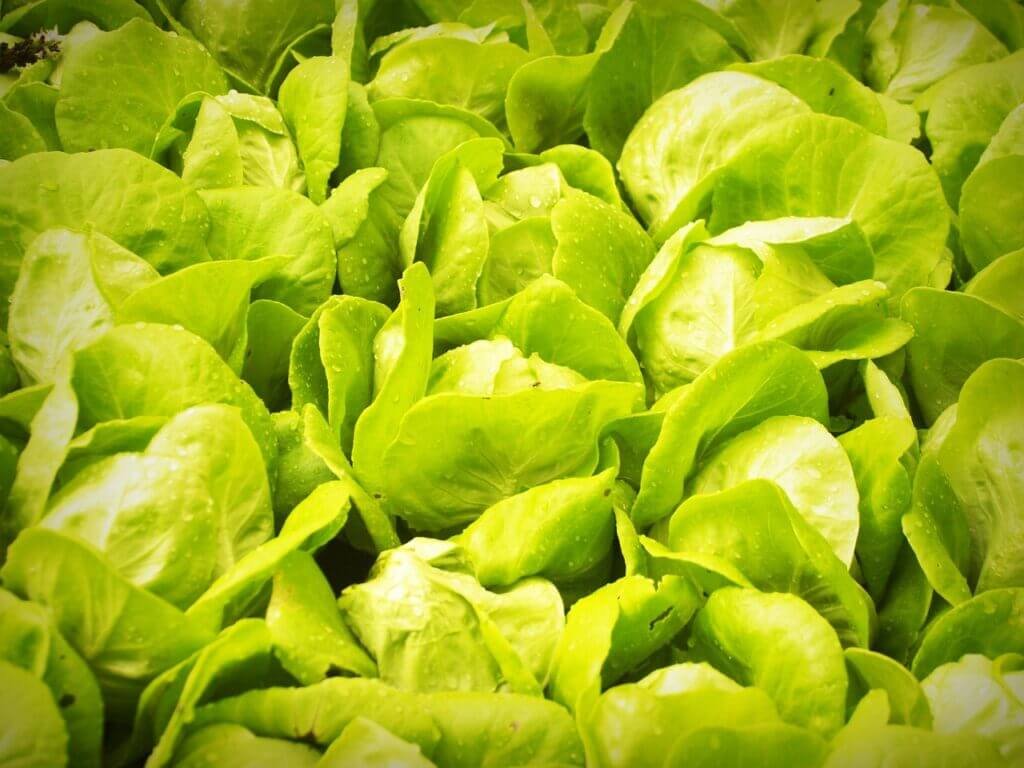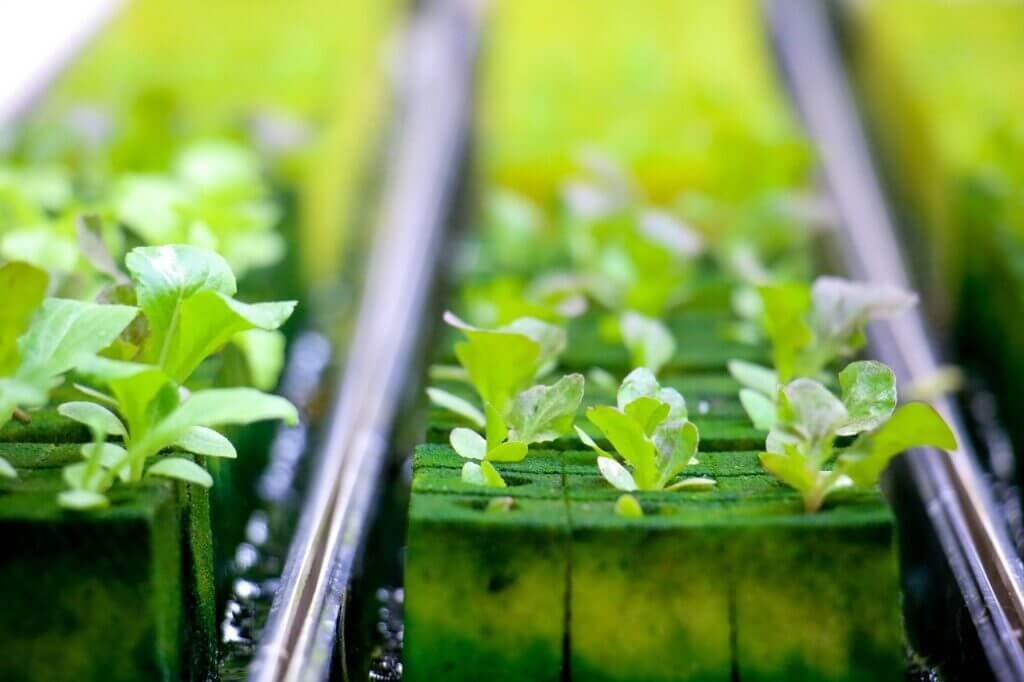Are you eager to bring the beauty and benefits of a garden into your apartment, but limited on space? Look no further! In this article, we will explore the world of vertical hydroponic gardens and discover how you can set one up right in the comfort of your own home. Whether you have a green thumb or are just starting out in the world of gardening, this innovative approach will provide you with a simple and efficient way to grow your favorite plants, herbs, and vegetables. Say goodbye to limited space and hello to a greener, more vibrant living space!

Choosing the Right Location
When setting up a vertical hydroponic garden in your apartment, the first step is to choose the right location. Evaluate the available space in your apartment and determine where the garden will fit best. Consider factors such as the amount of sunlight that the area receives, the room temperature, and the proximity to a water source.
Evaluate available space
Take a look at the available space in your apartment and determine where you can set up your vertical hydroponic system. Consider vertical spaces such as empty walls or unused corners. Keep in mind the size of the system you plan to install and ensure that it will fit comfortably in the designated area.
Consider light exposure
Light exposure is an important factor to consider when choosing the location for your vertical hydroponic garden. Most plants require at least six hours of sunlight each day, so choose a location that receives adequate sunlight. If the area doesn’t receive enough natural light, you can supplement it with artificial grow lights.
Check for proper ventilation
Proper ventilation is crucial for the health and growth of your plants. Ensure that the chosen location has good air circulation to prevent the build-up of stagnant air, which can lead to mold and other issues. If necessary, consider using fans or ventilation systems to promote air exchange and maintain a fresh environment.
Selecting the Right System
Once you have chosen the location for your vertical hydroponic garden, it’s time to select the right system. There are various types of vertical hydroponic systems available, each with its own advantages and considerations.
Research different types of vertical hydroponic systems
Before making a decision, take the time to research different types of vertical hydroponic systems. Some popular options include vertical towers, wall-mounted systems, and hanging planters. Each system has its own unique features, benefits, and requirements.
Consider vertical towers, wall-mounted systems, or hanging planters
Vertical towers are a popular choice for vertical hydroponic gardening as they allow you to grow a large number of plants in a compact space. Wall-mounted systems are suitable for those with limited floor space, and they can be easily installed on walls or fences. Hanging planters are a great option for growing herbs or smaller plants, and they can be hung from the ceiling or mounted on walls.
Ensure the system is suitable for indoor use
When choosing a vertical hydroponic system, make sure it is suitable for indoor use. Consider factors such as the size, weight, and water requirements of the system. Ensure that it can be easily set up and maintained in your apartment environment.

Preparing the Space
Before setting up your vertical hydroponic system, it is important to properly prepare the space in your apartment. This will ensure a smooth and successful gardening experience.
Clear out the designated area
Clear out the designated area where you plan to set up your vertical hydroponic system. Remove any furniture, clutter, or obstacles that may hinder the installation process or pose a risk to your plants’ growth. Create a clean and open space for your garden.
Ensure proper electricity and water access
Check if the designated area has access to proper electricity and water sources. Vertical hydroponic systems require electricity to power the pumps, grow lights, and other components. Ensure that outlets are conveniently located and capable of accommodating the system’s power requirements. Additionally, make sure you have easy access to water for irrigation.
Cover the surrounding area with protective materials
To prevent any damage to your apartment walls or floors, consider covering the surrounding area with protective materials. Lay down plastic sheets, tarps, or other waterproof materials to catch any water spills or debris that may occur during the setup or maintenance of your vertical hydroponic garden.
Choosing the Growing Medium
The choice of a suitable growing medium is crucial for the success of your vertical hydroponic garden. The growing medium serves as a support structure for the plants and helps deliver water, nutrients, and oxygen to their roots.
Evaluate different growing mediums (rockwool, coco coir, perlite, etc.)
There are several different growing mediums that you can choose from for your vertical hydroponic system. Some popular options include rockwool, coco coir, perlite, and peat moss. Each medium has its own unique characteristics and suitability for different types of plants.
Consider the needs of your plants
When choosing a growing medium, consider the specific needs of the plants you are planning to grow. Some plants prefer a more moisture-retentive medium, while others thrive in a more well-draining one. Research the preferred growing conditions of your chosen plants to ensure you provide them with the best possible environment.
Ensure proper drainage and aeration
Regardless of the type of growing medium you choose, it is essential to ensure proper drainage and aeration. The growing medium should retain enough moisture to keep the plants hydrated, but it should also allow excess water to drain freely, preventing root rot and other water-related issues. Additionally, proper aeration is necessary to deliver oxygen to the plant roots and promote healthy growth.

Selecting the Suitable Plants
Once you have set up your vertical hydroponic system and chosen a growing medium, it’s time to select the suitable plants for your garden. Consider factors such as the space limitations, sunlight requirements, and your personal preferences and consumption.
Research plants that thrive in hydroponic systems
Not all plants are suitable for hydroponic growing. Research plants that have been proven to thrive in hydroponic systems. Leafy greens such as lettuce, spinach, and kale are popular choices, as well as herbs like basil, parsley, and mint. Additionally, tomatoes, cucumbers, and strawberries can also be successfully grown hydroponically.
Consider space limitations and sunlight requirements
Take into consideration the space limitations of your vertical hydroponic system. Some plants require more vertical space to grow, while others can thrive in smaller containers or hanging planters. Also, consider the sunlight requirements of the plants. Choose plants that can adapt to the amount of sunlight your designated area receives.
Choose plants based on personal preferences and consumption
Ultimately, the plants you choose to grow in your vertical hydroponic garden should align with your personal preferences and consumption habits. Select plants that you enjoy eating and that will provide you with a bountiful harvest. Consider the herbs and vegetables that you frequently use in your cooking and start with those.
Setting Up the Vertical Hydroponic System
Once you have chosen the suitable plants, it’s time to set up your vertical hydroponic system. Assemble the system according to the manufacturer’s instructions and ensure its stability and security.
Assemble the system according to manufacturer’s instructions
Follow the manufacturer’s instructions provided with your vertical hydroponic system to assemble it correctly. Pay attention to each step and follow the recommended guidelines to ensure the proper functioning of the system. If you are unsure about any of the instructions, consult the manufacturer’s website or contact their customer support.
Install any supporting structures or hooks
Depending on the type of vertical hydroponic system you have chosen, you may need to install additional supporting structures or hooks. Make sure these structures are secure and capable of holding the weight of the system and the plants. Proper installation will prevent any accidents and ensure the longevity of your garden.
Ensure stability and secure the system properly
Before proceeding, ensure that the vertical hydroponic system is stable and securely placed in its designated location. Double-check all connections, brackets, and fixtures to ensure that they are tight and secure. An unstable system can lead to damaged plants or potential safety hazards.
Providing Lighting and Nutrients
For successful plant growth in a vertical hydroponic garden, adequate lighting and nutrient supply are essential factors to consider.
Install appropriate grow lights
If your designated area doesn’t receive enough natural sunlight, you will need to install appropriate grow lights. LED grow lights are commonly used in hydroponic systems as they emit the necessary light spectrum for plant growth while being energy-efficient. Choose lights with a spectrum suitable for the type of plants you are growing.
Adjust lighting schedule to mimic natural sunlight
Plants require both light and darkness to grow properly. Adjust the lighting schedule of your grow lights to mimic natural sunlight. Typically, plants require 12 to 16 hours of light per day, followed by 8 to 12 hours of darkness. Use timers or smart control systems to automate the lighting schedule and ensure consistent and adequate light for your plants.
Research and provide suitable nutrient solutions
In hydroponic gardening, plants receive their nutrients directly from the water. Research the specific nutrient requirements of the plants you are growing and provide suitable nutrient solutions. Nutrient solutions can be purchased from gardening stores or prepared using hydroponic nutrient mixes. Follow the recommended dosages and adjust them based on the growth stage of your plants.
Managing Watering and pH Levels
Proper watering and monitoring of pH levels play a crucial role in maintaining a healthy vertical hydroponic garden.
Monitor and adjust water levels regularly
Regularly monitor the water levels in your hydroponic system to ensure that they are within the optimal range. Plants should have access to enough water to stay hydrated but should not be submerged or have waterlogged roots. Adjust the water levels as needed to maintain the ideal moisture level for healthy plant growth.
Install a timer for automated watering
To ensure consistent and timely watering, install a timer for automated watering. This will help you maintain a regular watering schedule and prevent under or overwatering of your plants. Set the timer according to the specific needs of your plants and the water requirements of your hydroponic system.
Maintain pH levels within the optimal range
pH levels can greatly impact the nutrient availability to your plants. It is important to monitor and maintain pH levels within the optimal range for hydroponic cultivation, which is typically between 5.5 and 6.5. Regularly test the pH of your nutrient solution and make adjustments using pH up or pH down solutions to ensure that your plants can effectively absorb the nutrients they need.
Maintaining Proper Air Circulation
Proper air circulation is vital for the health and well-being of your plants in a vertical hydroponic garden. Ensure that there is adequate air movement to prevent stagnant air and potential mold growth.
Use fans or ventilation systems to circulate air
To promote air circulation in your vertical hydroponic garden, consider using fans or ventilation systems. Install fans strategically to gently move the air around the plants, preventing stagnant air pockets and reducing the risk of issues such as mold or pests.
Prevent stagnant air and potential mold growth
Stagnant air can lead to increased humidity levels and create an ideal environment for mold growth. By using fans or ventilation systems, you can prevent stagnant air and keep the humidity levels in check. Regularly inspect your plants and the surrounding area for any signs of mold, and take immediate action if necessary.
Ensure proper air exchange for plant respiration
Proper air exchange is crucial for plant respiration and the uptake of carbon dioxide. Adequate ventilation ensures that plants have access to fresh air and can effectively carry out essential processes. When setting up your vertical hydroponic garden, make sure the area is well-ventilated to provide optimal conditions for plant growth.
Monitoring and Controlling Temperature
Maintaining the right temperature is crucial for the success of your vertical hydroponic garden. Extreme temperatures can negatively impact plant growth, so it’s important to monitor and control the temperature levels.
Use a thermometer to monitor temperature
To effectively monitor the temperature in your vertical hydroponic garden, use a reliable thermometer. Place the thermometer near the plants or at a suitable height to get an accurate reading of the temperature. Regularly check the temperature throughout the day to ensure it stays within the appropriate range.
Ensure the temperature is within the appropriate range
Different plants have different temperature requirements, but most thrive within a specific range. Generally, a temperature range of 65°F to 80°F (18°C to 27°C) is suitable for many plants grown in hydroponic systems. However, it’s important to research the specific temperature requirements of the plants you are growing and adjust accordingly.
Install a heater or cooling system if necessary
If the temperature in your vertical hydroponic garden consistently falls outside the appropriate range, consider installing a heater or cooling system. A heater may be necessary in colder climates or during the winter months, while a cooling system can help regulate the temperature in hot and humid environments. Ensure that any temperature control systems are properly installed and function correctly to maintain the ideal growing conditions for your plants.
By carefully following these steps and guidelines, you can successfully set up and maintain a thriving vertical hydroponic garden in your apartment. Enjoy the benefits of homegrown herbs, vegetables, and greens, and transform your living space into a green oasis of freshness and sustainability. Happy hydroponic gardening!


